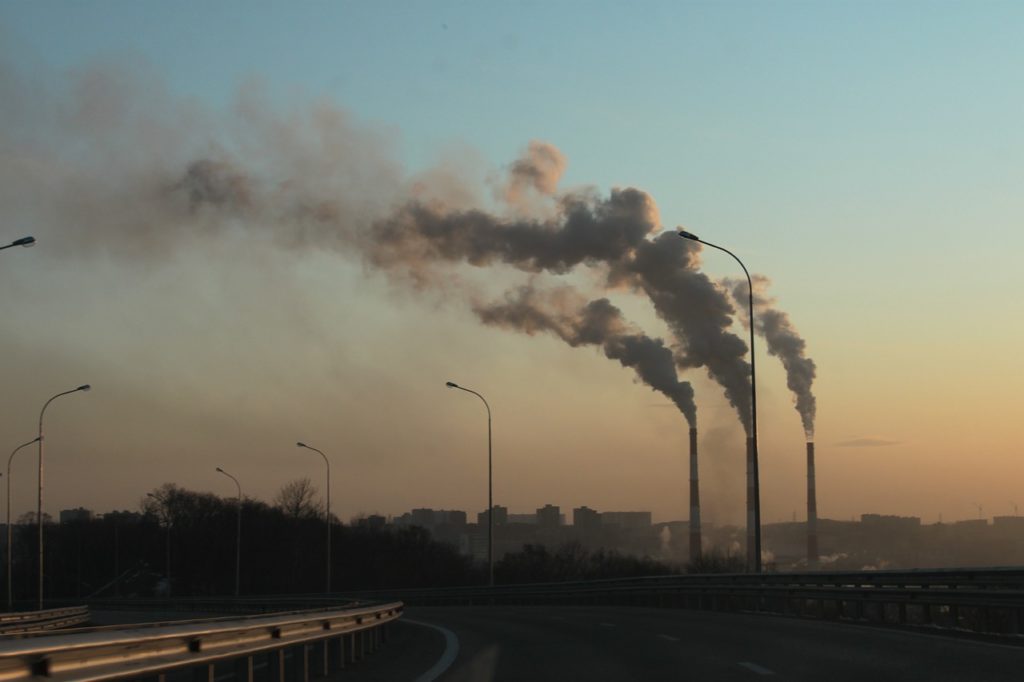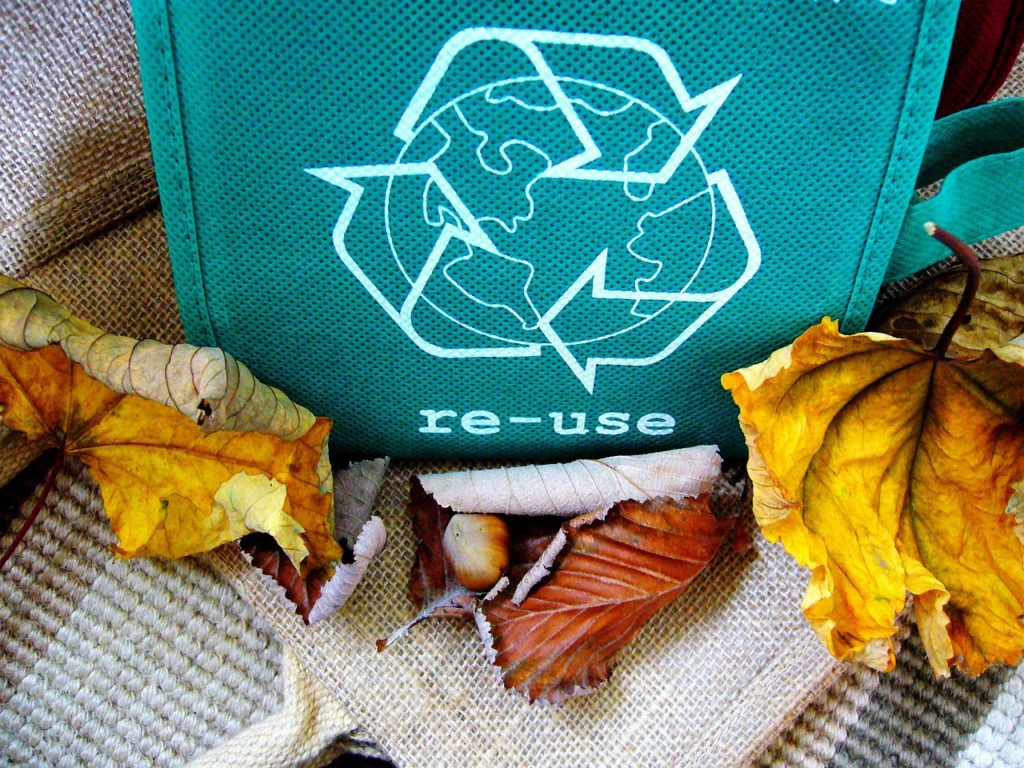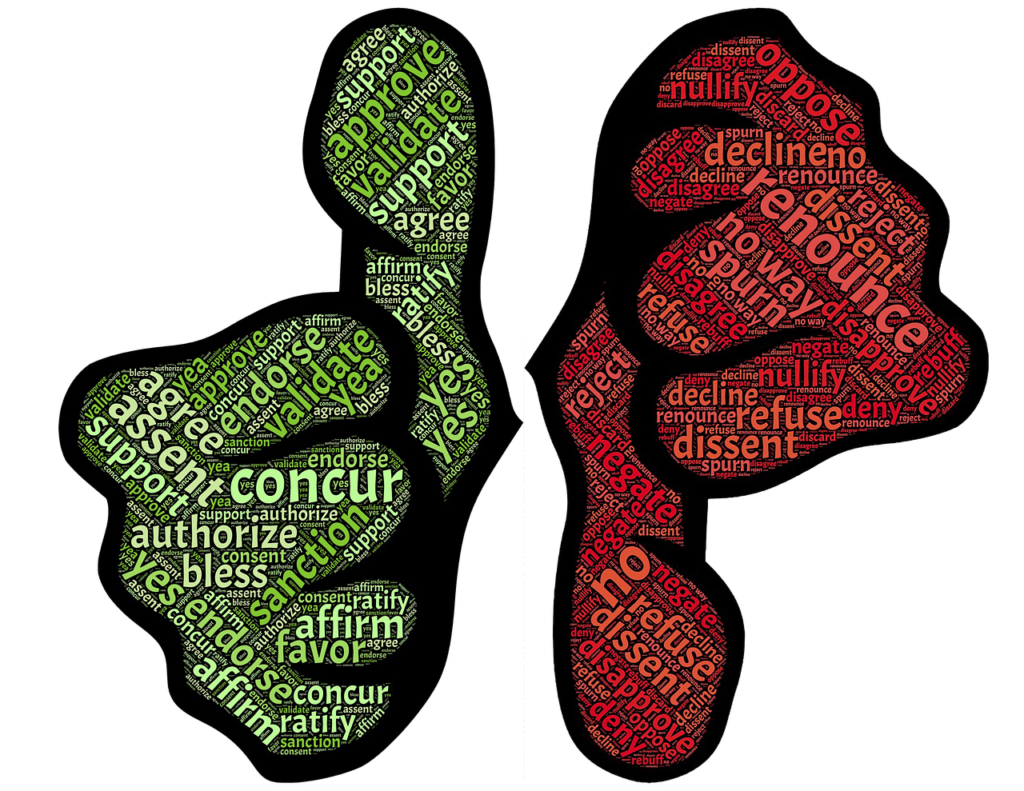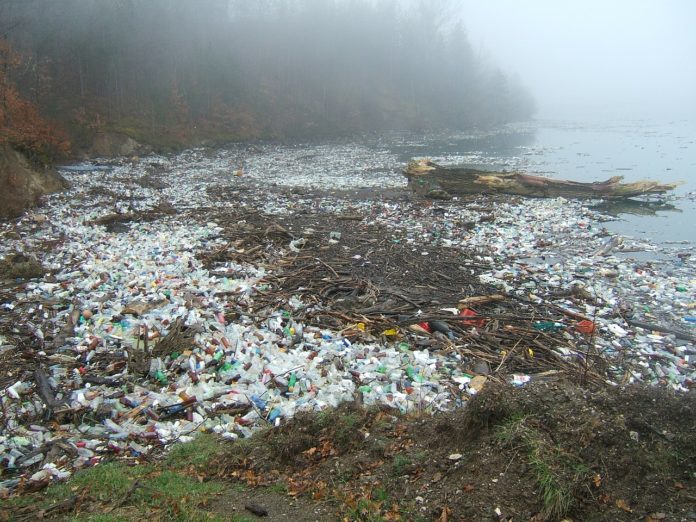The current statistics about plastic waste being in the ocean are as disturbing as they are incredible.
- Plastic pollution is now found on every beach in the world today, ranging from tourist locations to uninhabited tropical islands.
- Microplastics have found a way to embed deeply in the arctic ice.
- Over 8 million items of plastic pollution will find its way into the ocean every day.
- Estimates suggest that there could be 5.25 trillion items of microplastics and larger debris items that float in the open ocean.
- Plastics are up to 90% of the marine debris that researchers study each year.
- Over 100,000 marine animals, along with 1 million sea birds, die prematurely each year because of the levels of plastic pollution that are in their biome.
There’s a reason why plastic is everywhere. Not only is it incredibly versatile, but it is also affordable, light and strong. Although we can recycle almost all plastics, the majority of the waste we create with these products goes straight into the trash cycle instead.
Plastic Manufacturing Creates Carbon Emissions

If the plastic pollution in the oceans wasn’t bad enough for the environment to manage, the hundreds of millions of tons of new product that manufacturers create around the world each year also contribute to the global warming effect.
Even though we have the technology to produce plastics from plant-based sources, only 10% of the products that reach the market each year come from natural or sustainable sources. The significant majority of products that all of us use each day come from a fossil fuel resource.
By the year 2034, we could be producing 1.5 billion tons of plastic each year. If the current trend continues, then 20% of our oil consumption and 15% of total emissions will be directly attributed to the plastics industry.
Why do we need to turn this habit around? Because it takes 2,000 times the amount of energy to produce a bottle of water than it does to fill up a glass at the tap.
What might be even more disturbing is the fact that by 2050, there could be a ton of plastic in our oceans for every ton of fish that lives in those waters.
How Do We Reduce Ocean Plastic Pollution?

The easiest way to reduce pollution levels in the ocean is to limit the number of plastic items that you use at home.
If you do need to use items, then make sure that they enter your community’s recycling program so that you can limit the impact of waste on marine life.
Once you take that crucial first step, you can reduce ocean plastic pollution by taking these actions.
1. Participate in beach cleanup projects.
If you live near the coast, then create or join groups that work to remove plastics and other forms of debris from the beach. This direct approach is one of the most rewarding ways that you can support endangered sea life while reducing environmental pollution. If you live further inland, then consider doing a river or stream cleanup project instead.
2. Support plastic bans whenever possible.
Numerous coastal communities have implemented bans on single-use plastic bags because of the impact they can have on the ocean. Bottles and takeout containers are often part of this legislation as well. When you purchase reusable bags or support paper products, then you can make a direct impact on the levels of plastic waste that your daily habits generate.
3. Stop using any products that contain plastic microbeads.
The worst source of ocean plastic pollution is microbeads. These small particles are found in everything from body washes to toothpaste. Not only could they enter your body with use, but it can also adversely impact our oceans and local waterways. When you purchase cosmetic products, make sure that there isn’t polypropylene or polyethylene on the ingredient label.
4. Support organizations that want to stop plastic pollution.
Several non-profit organizations are working right now to reduce the impact of plastic pollution in our oceans right now. These agencies often rely on donations from people and organizations to continue with the work they are doing. Even if you can only afford a small contribution, every little bit will help to reduce the impact that this litter has on sea life.
5. Purchase seafood from processors that don’t use nets.
Fishnets are one of the most significant polluters of ocean waters today. It is not unusual for old nets to be tossed into the ocean. Crab pots and other gear can also get lost overboard, sinking to the bottom where it becomes irretrievable. Look for eco-friendly fishing companies for your food whenever possible to encourage sustainable practices that don’t contribute more litter to our oceans.
6. Get rid of the glitter.
Glitter is plastic. When you wash it off of your body, then it goes directly to your community’s wastewater treatment system or through your septic tank. These items are usually too small to be plucked up by filters, so it eventually gets into the water. If you like the idea of using this product, then look for glitter made from cellulose so that it breaks down quickly after disposal.
Are You Ready to Stop Plastic Pollution?

Marine-based plastic pollution is arguably the most significant threat to the welfare of our planet in its history. When humans eat fish, shrimp, and other marine life after they’ve consumed microplastics, then that contamination enters our system as well.
The WHO says that there is no proof yet that they are harmful. Do you really want to be consuming 74,000 microplastic particles each year?
That’s why we must take action today. When we protect the endangered sea life from this form of pollution, we’ll be saving our own species as well.




